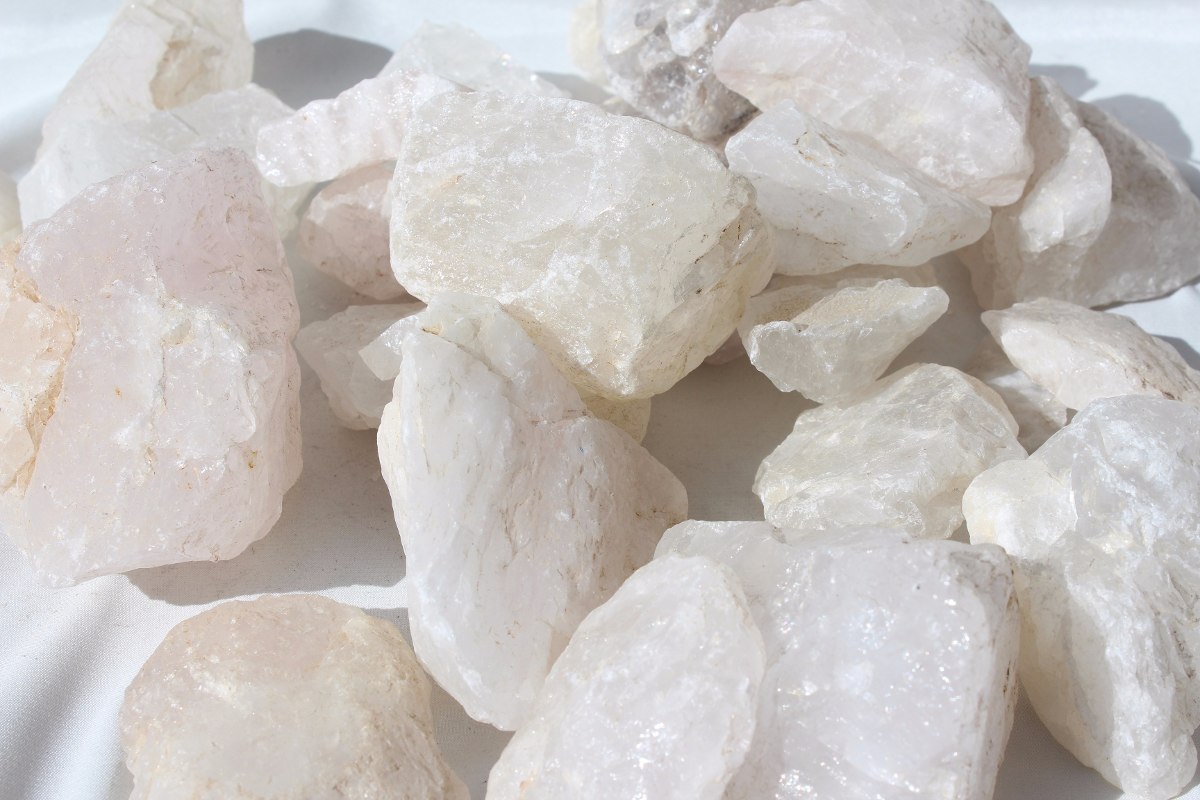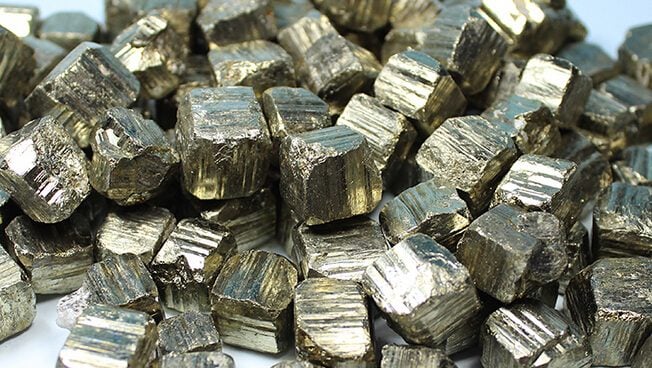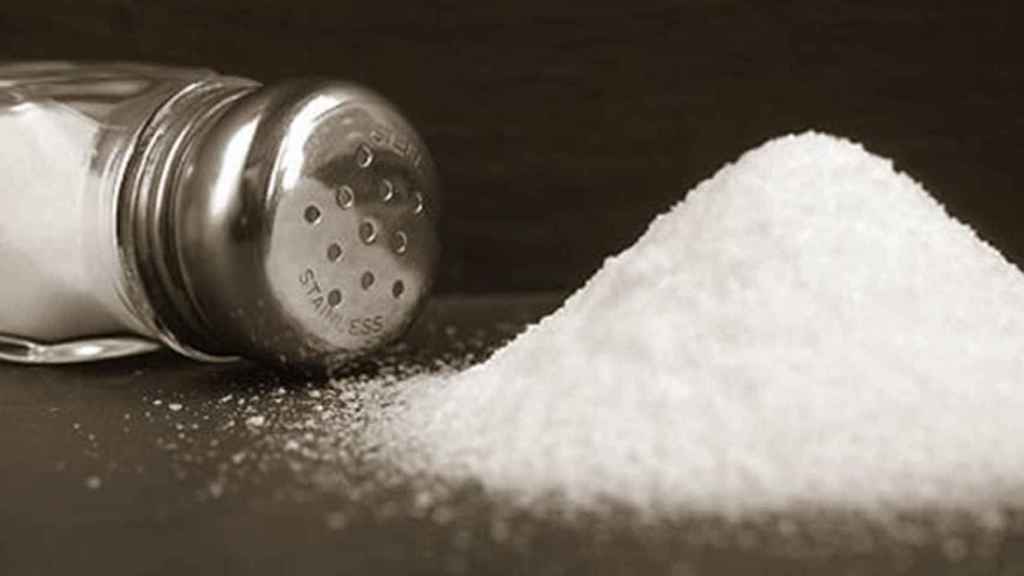LAB DAY 7: HUMAN SENSES
Vision:
Experiment 1:
Hold your left hand over your left eye while staring directly at the upper X with the right eye, ans SLOWLY approach the screen until the black spot disappears (about a foot away from the screen). You have found your blind spot. With BOTH eyes open, why can't you find the spot?
Experiment 2:
Now repeat the same with the mouse and the lines. What does it happens to the mouse and the lines?
Experiment 3:
Sit in the dark for a few minutes to let your eyes adjust. In near darkness, stare directly at an object and attempt to make out the details. Now look at it using your peripheral vision (from the side). Can you make it out more clearly? How does this relates to rods and cones? Try thid trick while stargazing and you will see more!
Experiment 4:
Lay several colored objets in front of you, and very slowly bring up the lights from full darkness. Why can you see but not easily identify colors un dim light? How does this relates to rods and cones?
You can not see easily the colors because the dark eliminate almost all the colors and because in the dark we can see a little bit less. This is related to the rod and cones becasue basicly the rods and the cones aer the ones that detect the colors and the thing we see.
Optical illusion
There are some cases in witch our brain fills in missing information. Some other times perception can be fooled by what the eye sees accurately.
Color Blindness
It is more frecuent to see this type of disseas in men because they have XY cromosom do they do not have a backup if the X is bad. However the women have two X so we can repost the bad X and use the other. For to know if you are color blindness in the foto if you can diference the star frim the green background you don't have color blindness, but if you can't diference them you shoyld revise it.
Smell & taste:
If the nasal sinuses are blocked the taste is less sensed. For to prove ir we are going to do an experiment. Take a glass and without looking at it ask ypur parents to put in it a juice, without kniwing what juice it is. Then pinch your nouse and drink the juice and try to identify the juice it is.
You will see that it is difficult for you to identify, taht because of the nasal sinuses that they give information to our brain telling it about the sabor.
Touch:
Experiment:
Unbend a paper clip and join the two extrems. Then your partner have to touch you in the hand or wherever, but without you looking. you have to say if he/she is using just ine extrem or the both. Then of he/she is wrong continuetly times open a little bit the paper clip, repeat this until she/ he can recognise both more or less well. I was able in 0,5 cm and my classmate in 0,1.
This happens because in our body there are some parts of it that have more pain recepstors and they are the ones that detect the paper clip. That's why we can detect more in some parts than in others.
Temperature perception:

If you make this experiment you can pruve that after been ok with the cold and the hot water if you introcudece the hands in the middle water you can see that your hand are feeling the oposite tempearute they have been itno.
Hearing:
Experiment:
Without looking try to identify where is some sound. Then try the same but without moving the hade and finally try it with an earplug.
Balance:
It is controlled by the semicircular canals of the inner ear.
Experiment:
Be stand up with both eyes closed and both feet on the floor, then with the eyes closed be just with one foot and then walk in a line with the eyes closed.
What does it happens? The thing is that the eyes give us stability and seen what we are walking on and this is why we are more balanced when we see, because we are controlled and we are not blind.
Propioreceptors:
Experiment 1:
Close you eyes and try to find your fingers, quickly touch your nose with your index fingertip, then quickly touch your tip of the thumb of your left ha with the tip of your right index fingertip. Alway return to your nose between fingertip attempts. Then repeat the same with your left hand.
You would notice that with your right hand is easier than with your left hand.






